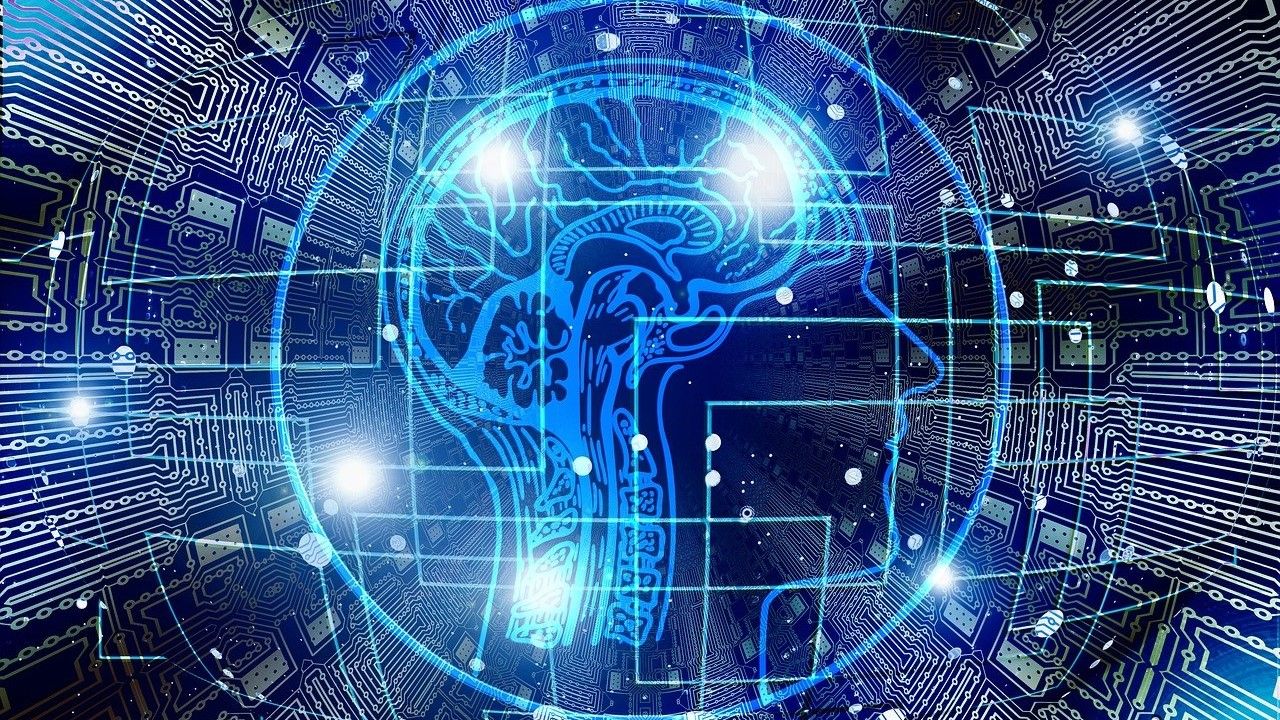Practical Use Of Generative AI For Legal Services And Law Practices

Lawyers are being bombarded with media indications that the latest in artificial intelligence advances are coming for attorneys and law offices. The usual implication is that the days of human lawyering are nearing an end, while the era of AI autonomously performing legal services will soon disrupt and abruptly take over the legal field.
This is at best a half-truth and requires careful unpacking.
The more sensible view is that lawyers versed in AI are bound to overtake those who are not proficient in AI. You see, the crux of today’s AI and for the near term is that AI capabilities will be a semi- autonomous tool for use by lawyers and law practices. These AI elements will be incorporated into legal tech applications and will at times also serve as standalone programs for direct use by legal professionals. Knowing how and when to use the AI functionality will be paramount for attorneys.
A danger awaits lawyers who are unfamiliar with AI's strengths and weaknesses. They will potentially fall into various unsavory traps by relying upon AI when they should not be doing so. On the other side of the spectrum, they will fail to leverage AI when it could be significantly advantageous and to the distinct benefit of their clients.
AI consists of an umbrella of technologies and software techniques that seek to devise computing on par with human intelligence. There isn’t any AI today that is sentient. Despite the blaring headlines that harp on AI reaching sentience or on the verge of sentience, please be aware that we aren’t yet at sentience. Debates ensue as to whether we will actually achieve AI sentience. That being said, advances in AI do provide startling indications that seem to suggest sentient-like behaviors. Be warned, though, that it is all too easy to anthropomorphize AI and falsely ascribe human intelligence to this form of computing.
Generative AI And What Lawyers Need To Know
One of the hottest areas of AI consists of a type of AI known as generative AI. You might be generally familiar with generative AI as a result of the popular AI app called ChatGPT (a text-to- text program). The ChatGPT program was made available by the company OpenAI for public use in November 2022 and subsequently garnered immense attention and outsized banner headlines.
There are a variety of overarching generative AI modes, consisting of text-to-text, text-to-image, text-to- art, text-to-audio, text-to-video, and so on. Overall, the typical setup is that the user enters a text prompt and the generative AI program then produces or generates an output based on the prompt. In the case of ChatGPT, this is a text-to-text modal application and thus the output produced consists of
text. I prefer to coin this as text-to-essay since the output is nearly always an essay containing sentences and paragraphs.
The surprising facet about ChatGPT and other text-to-essay generative AI is that the outputted essays are usually entirely fluent and appear as though they were written by a human. Attempts to discern these AI-produced essays from human written capacities are a difficult challenge. Advances in AI will increasingly make the outputted essays more convincingly seem as though they had been handcrafted.
By and large, the outputted essays are relatively unique and seemingly do not directly copy or duplicate other written works. This semblance of originality is based on an extensive pattern-matching structure that leverages randomness when assembling the outputted essays. In brief, during the production of an essay, the algorithm selects words on a semi-random basis from likely words that are to appear next in sequence. This allows then for the essays to seem nearly always to differ, even when you might ask the same question repeatedly.
In working with law offices and lawyers that are adopting AI, I’ve identified five particularly sensible ways to use generative AI:
- To do legal brainstorming.
- To draft legal materials.
- To review legal documents.
- To summarize legal narratives.
- To convert legalese into plain language.
There are other uses of generative AI but those five are keystones worthy of special attention. Lawyers can use generative AI when trying to brainstorm about legal matters. Another approach consists of having generative AI draft legal materials. You can also have generative AI review legal documents, thus providing a handy analysis of what the document might be overlooking. In situations where you have lengthy legal briefs, you can use generative AI to produce a cogent summary. Finally, if you are desirous of translating legalese into everyday plain language, generative AI can perform that task.
Those key ways of using generative AI can be successfully applied to just about any aspect of law practice.
Consider these areas or functions that lawyers are conventionally involved in:
- Case Management.
- Contract Life Cycle Management (CLM).
- Courts And Trials.
- E-discovery.
- Documents And Record Keeping.
- Intellectual Property (IP).
- Law Office Administration.
- Lawyer And Client Interactions.
- Legal Collaborations.
- Legal Research.
- Legal Workflow.
- Legal Writing.
- Professional Conduct Adherence.
Generative AI and the five keystone actions are equally applicable to these stated areas or functions of a law office. For example, you might use generative AI when brainstorming about a new contract that needs to be devised. Another use would be to have the generative AI craft an initial draft of a new contract. Other uses would include reviewing an existing contract, summarizing a contract, and potentially translating a contract from legalese into plain language.
Limitations And Vital Concerns About Generative AI
Generative AI is not a panacea. There is much about generative AI that requires great care and mindful consideration. This is where attorneys ought to especially be cognizant of the limitations and concerns regarding generative AI.
In a sense, lawyers have a double duty associated with generative AI such as ChatGPT. First, attorneys need to exercise their own duty of care to avoid falling into various legal traps such as inadvertently leaking client private information or confidential data by making use of generative AI. Second, attorneys also should be advising their clients on equally averting legal pitfalls underpinning generative AI.
Here are some of the notable limitations and issues of generative AI:
- Might generate errors and falsehoods.
- Might make arithmetic miscalculations.
- Might produce logical fallacies.
- Might include AI hallucinations (made-up content).
- Might plagiarize other materials.
- Might involve copyright infringement.
- Might undertake privacy intrusion.
- Might violate confidentiality.
- Might imbue untoward biases.
- Might spout out hate speech.
- Might perform conversational manipulation.
Suppose a client is commercially using generative AI as part of their products or services being rendered to consumers. Depending upon how the generative AI is established, there could readily be chances of the AI conveying hate speech to consumers, or making arithmetic miscalculations that improperly charge consumers, etc. Attorneys should be alerting and advising their clients about these legal exposures.
Conclusion
At the beginning of this discussion, I mentioned that there is the avid pursuit of autonomous AI that would someday function without any human assistance. In the legal field, this would be the ever- promised and exalted robo-lawyer.
In my research work and at my AI Lab, we are working on a full range of autonomous to semi- autonomous AI-infused legal reasoning capabilities. I’ve identified six key levels of autonomy to
designate the application of autonomy that combines AI and Legal tech for use by law practices when performing legal services.
The six levels consist of:
- Level 0: No use of legal tech.
- Level 1: Simple legal tech for commonplace legal work.
- Level 2: Advanced legal tech for an extensive range of legal work.
- Level 3: Semi-autonomous AI legal tech with legal reasoning.
- Level 4: Domain autonomous AI legal tech as legal advisory.
- Level 5: Fully autonomous AI legal tech as legal advisory.
Those of you familiar with self-driving cars might somewhat recognize this tiered structure. Indeed, the notion of autonomy in the legal field leverages the same semblance of levels of autonomous AI. Ergo, we can do the same in the field of law.
The legal tech that you might have in your office is just now starting to be augmented by AI. The AI- infused legal tech borders between level 2 of advanced legal tech and touches into level 3 of semi- autonomous legal tech. Efforts toward level 4 of domain-oriented autonomous AI legal tech are being devised in AI think tanks and research labs such as ours. A far distant goal and hefty aspiration consist of the vaunted level 5, namely fully autonomous AI legal tech that would exhibit comprehensive legal reasoning.
Lawyers that are coming up-to-speed about AI have the heightened position of being able to use AI in their legal work, plus they can advise their clients about the legal issues entailing the use of AI. All of this provides AI-aware attorneys with a notable leg up on both the performance of their legal tasks and the ability to proffer legal safeguards to their clients that adopt AI.
Savvy attorneys that are versed in AI can be more effective at their lawyering tasks and are likely able to demonstrably expand their legal services offerings to encompass the massive and unbridled adoption of AI that companies globally are undertaking. Be savvy about AI.
